DOD General Counsel Emphasizes Multi-Domain Lawyering in Space at Legal Conference
Friday, 08 March 2024 19:46 In an address at the U.S. Space Command Legal Conference, the Honorable Caroline Krass, General Counsel of the Department of Defense (DOD), delivered a compelling vision for the future of space law. Her speech, titled "Space Law: Promoting the Rules-Based Order Through Multi-Domain Lawyering," underscored the pivotal moment we find ourselves in the realm of outer space-a domain undergoing rapid
In an address at the U.S. Space Command Legal Conference, the Honorable Caroline Krass, General Counsel of the Department of Defense (DOD), delivered a compelling vision for the future of space law. Her speech, titled "Space Law: Promoting the Rules-Based Order Through Multi-Domain Lawyering," underscored the pivotal moment we find ourselves in the realm of outer space-a domain undergoing rapid Boeing Secures $439.6 Million Contract for 12th WGS Satellite from U.S. Space Force
Friday, 08 March 2024 19:46 Boeing [NYSE: BA] has been awarded a significant contract valued at $439.6 million by the U.S. Space Force's Space Systems Command to develop the 12th satellite for the Wideband Global SATCOM (WGS) system. This initiative underscores the ongoing commitment to enhancing the United States' strategic communications infrastructure, providing the U.S. military and its allies with vital high-capacity,
Boeing [NYSE: BA] has been awarded a significant contract valued at $439.6 million by the U.S. Space Force's Space Systems Command to develop the 12th satellite for the Wideband Global SATCOM (WGS) system. This initiative underscores the ongoing commitment to enhancing the United States' strategic communications infrastructure, providing the U.S. military and its allies with vital high-capacity, Viasat and Rocket Lab unveil advanced data services for LEO satellites
Friday, 08 March 2024 19:46 In a strategic move to enhance space communications, Viasat Inc. (NASDAQ: VSAT) has partnered with Rocket Lab USA, Inc. (Nasdaq: RKLB) to introduce a groundbreaking spacecraft bus and mission operation support for its upcoming hybrid space communications network demonstrations. These initiatives aim to showcase Viasat's comprehensive suite of multi-band, space-based communication services design
In a strategic move to enhance space communications, Viasat Inc. (NASDAQ: VSAT) has partnered with Rocket Lab USA, Inc. (Nasdaq: RKLB) to introduce a groundbreaking spacecraft bus and mission operation support for its upcoming hybrid space communications network demonstrations. These initiatives aim to showcase Viasat's comprehensive suite of multi-band, space-based communication services design Mongolia enters the space race with first satellites
Friday, 08 March 2024 19:46 In a significant stride towards the global space arena, Mongolia marked its entry by launching its inaugural satellites, catalyzing an era of innovation and amplifying the potential for investment in its evolving tech domain.
On 4th March 2023, Space-X's Falcon-9 rocket, lifting off from Vandenberg Space Force Base in California, carried two Mongolian low-earth-orbit nano satellites, Ondos
In a significant stride towards the global space arena, Mongolia marked its entry by launching its inaugural satellites, catalyzing an era of innovation and amplifying the potential for investment in its evolving tech domain.
On 4th March 2023, Space-X's Falcon-9 rocket, lifting off from Vandenberg Space Force Base in California, carried two Mongolian low-earth-orbit nano satellites, Ondos Nicole McGaa: Ensuring safe travels in space
Friday, 08 March 2024 19:46 What do meteor showers, medicine, and MIT have in common? Aerospace engineering major Nicole McGaa. The senior has long been drawn to both space and medicine. Growing up in Pittsburgh, Pennsylvania, she would search for good hillsides for watching meteor showers with her brother and father. Meanwhile, her favorite TV shows featured doctors and healers as main characters. The "Star Trek" series w
What do meteor showers, medicine, and MIT have in common? Aerospace engineering major Nicole McGaa. The senior has long been drawn to both space and medicine. Growing up in Pittsburgh, Pennsylvania, she would search for good hillsides for watching meteor showers with her brother and father. Meanwhile, her favorite TV shows featured doctors and healers as main characters. The "Star Trek" series w China Reports Significant Advances in High-End Equipment and Frontier Technology Research
Friday, 08 March 2024 19:46 In an era where technological innovation serves as the backbone of economic development and national prestige, China has firmly positioned itself at the forefront of this global trend. The Government Work Report presented at the second session of the 14th National People's Congress shed light on the substantial strides made in the past year, marking a notable year for Chinese research and develo
In an era where technological innovation serves as the backbone of economic development and national prestige, China has firmly positioned itself at the forefront of this global trend. The Government Work Report presented at the second session of the 14th National People's Congress shed light on the substantial strides made in the past year, marking a notable year for Chinese research and develo Karman Space and Defense boosts ULA's Vulcan on Its Maiden flight
Friday, 08 March 2024 19:46 Karman Space and Defense ("Karman") has released details on its involvement in the first certification mission of United Launch Alliance's (ULA) Vulcan launch vehicle. This collaboration underscored Karman's strategic importance in the landmark debut flight of the Vulcan rocket, which occurred on Jan. 8, 2024.
The mission, known as Cert-1, carried two significant payloads: the Peregrine Lu
Karman Space and Defense ("Karman") has released details on its involvement in the first certification mission of United Launch Alliance's (ULA) Vulcan launch vehicle. This collaboration underscored Karman's strategic importance in the landmark debut flight of the Vulcan rocket, which occurred on Jan. 8, 2024.
The mission, known as Cert-1, carried two significant payloads: the Peregrine Lu Pentagon says no evidence of secret US work on alien tech
Friday, 08 March 2024 17:26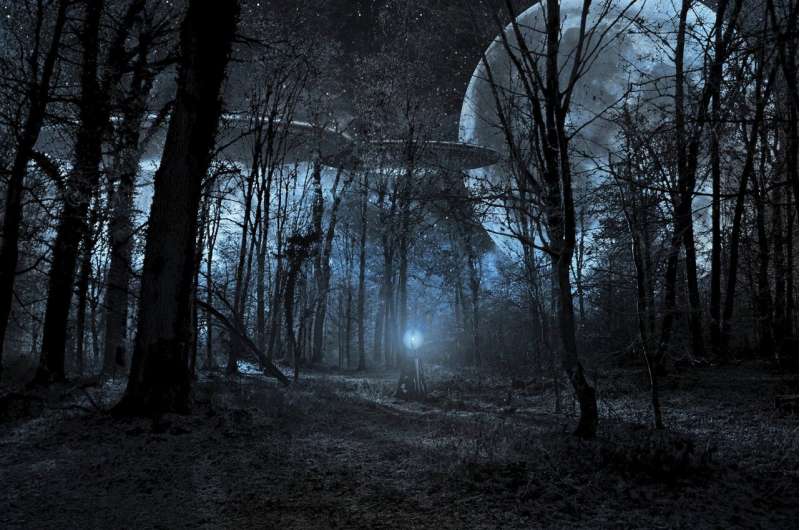
Has the United States confirmed sightings of alien craft, or worked to reverse-engineer extraterrestrial technology?
A more than 60-page Pentagon report released Friday says no, pouring cold water on popular conspiracy theories about government cover-ups of contact with aliens.
The report was mandated by Congress, which required the submission to lawmakers of a "written report detailing the historical record of the United States government relating to unidentified anomalous phenomena (UAPs)," more commonly known as UFOs.
The Defense Department's All-domain Anomaly Resolution Office (AARO) "found no evidence" that any government investigation, academic research or official review "has confirmed that any sighting of a UAP represented extraterrestrial technology."
Instead, "all investigative efforts, at all levels of classification, concluded that most sightings were ordinary objects and phenomena and the result of misidentification," said the report.
It also "found no empirical evidence for claims that the USG and private companies have been reverse-engineering extraterrestrial technology."
AARO said the inaccurate reverse-engineering claims are "in large part the result of circular reporting from a group of individuals who believe this to be the case, despite the lack of any evidence.
NASA unveils design for message heading to Jupiter's moon Europa
Friday, 08 March 2024 17:05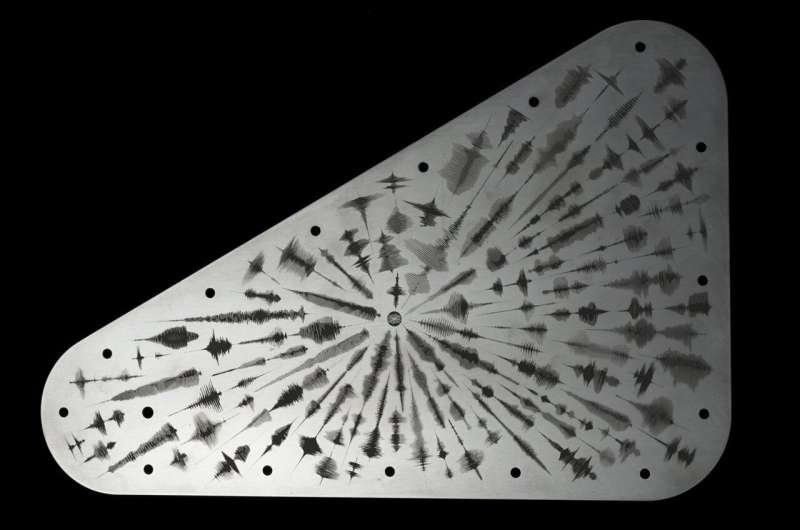
When it launches in October, the agency's Europa Clipper spacecraft will carry a richly layered dispatch that includes more than 2.6 million names submitted by the public.
Drones could help map the lunar surface with extreme precision
Friday, 08 March 2024 16:55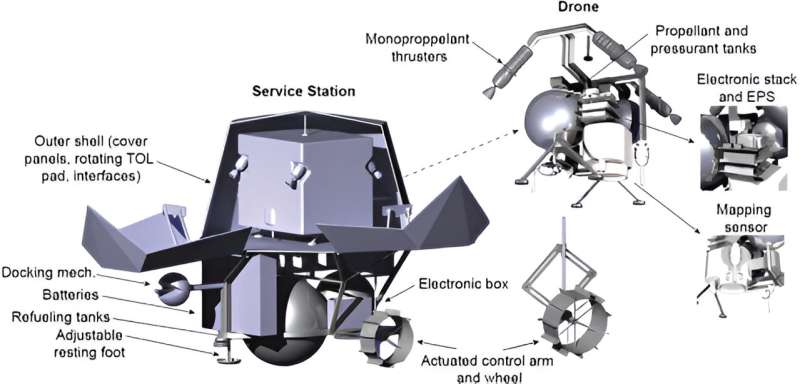
Exploring the moon has become increasingly more of a focal point lately, especially with a series of landers recently launched with various degrees of success. One of the difficulties those landers and any future human missions face is understanding the terrain they are landing on and potentially traversing in the case of a rover or human. To help fight this problem, a team of researchers from Switzerland has developed a drone concept that could help map out some of the more interesting, potentially hazardous areas to explore on the moon.
Mapping the moon has already been a priority for years. However, some of the more exciting regions, such as the Permanently Shadows Regions (PSR) at the lunar poles that hold a significant amount of water ice, have only been mapped to a resolution of about 1m per pixel in the best images of them. That's including artificial enhancement by AI-backed algorithms.
That level of resolution isn't near enough to provide useful planning data for any potential rover or human missions—a given rover's wheel itself won't even more that in width, let alone hope to traverse an obstacle of that size.
We're working out how to solve crimes in space—the final frontier of forensic science
Friday, 08 March 2024 15:27
NASA's Artemis program is scheduled to return astronauts to the moon and establish a permanent orbiting laboratory by the end of the decade.
Meanwhile, private companies are making significant steps in taking paying customers further into space. As humanity's footprint expands beyond the familiar terrains of Earth to the moon and possibly beyond, an intriguing new field emerges from the final frontier: astroforensics.
This discipline, still in its infancy, is propelled by the inevitability of human nature. Space presents a unique and harsh environment for forensic investigations. Settings that present altered gravity, cosmic radiation, extremes in temperature, and the need for oxygen-providing climate systems provide a few examples of the unearthly variables that are faced by future explorers.
Unlike Earth, where gravity, a constant force, shapes many aspects of our reality, the significant reduction of gravity in space introduces novel challenges in understanding how evidence behaves. This shift is crucial for forensic sciences like bloodstain pattern analysis, which relies heavily on gravitational effects to determine the circumstances under which blood stains are formed.
The thought of gravity in space immediately conjures images of astronauts hauntingly suspended in the void of space or floating gymnastics in the International Space Station (ISS).
CSI in space: Analyzing bloodstain patterns in microgravity
Friday, 08 March 2024 15:17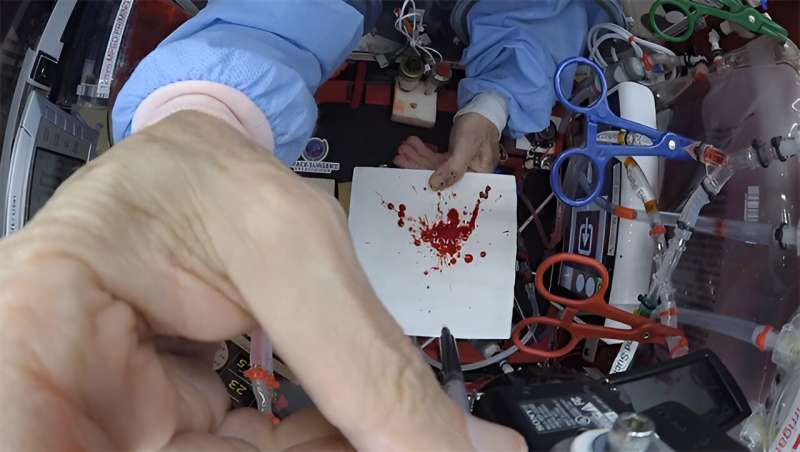
As more people seek to go where no man has gone before, researchers are exploring how forensic science can be adapted to extraterrestrial environments.
A new study by Staffordshire University and the University of Hull highlights the behavior of blood in microgravity and the unique challenges of bloodstain pattern analysis aboard spacecraft.
Bloodstain expert Zack Kowalske is a Crime Scene Investigator based in Atlanta, U.S., and led the study as part his Ph.D. research at Staffordshire University.
"Studying bloodstain patterns can provide valuable reconstructive information about a crime or accident. However, little is known about how liquid blood behaves in an altered gravity environment. This is an area of study that, while novel, has implications for forensic investigations in space," he commented.
"Forensic science is more than just trying to solve crimes; it additionally has a role in accident reconstruction or failure analysis.
Week in images: 04-08 March 2024
Friday, 08 March 2024 13:10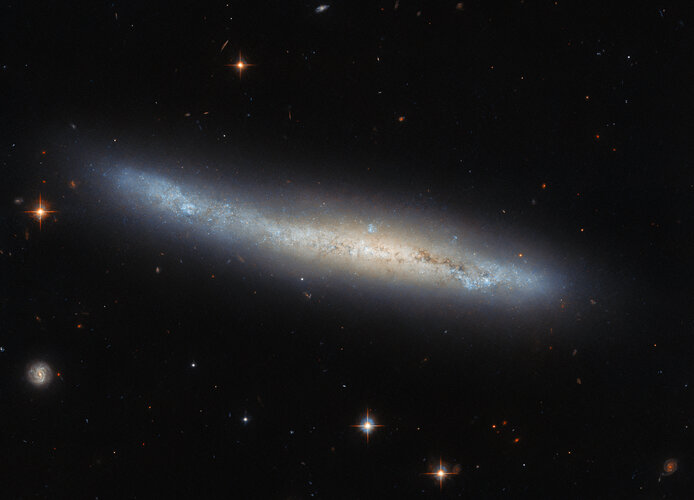
Week in images: 04-08 March 2024
Discover our week through the lens
The Whispering of Huginn
Friday, 08 March 2024 13:00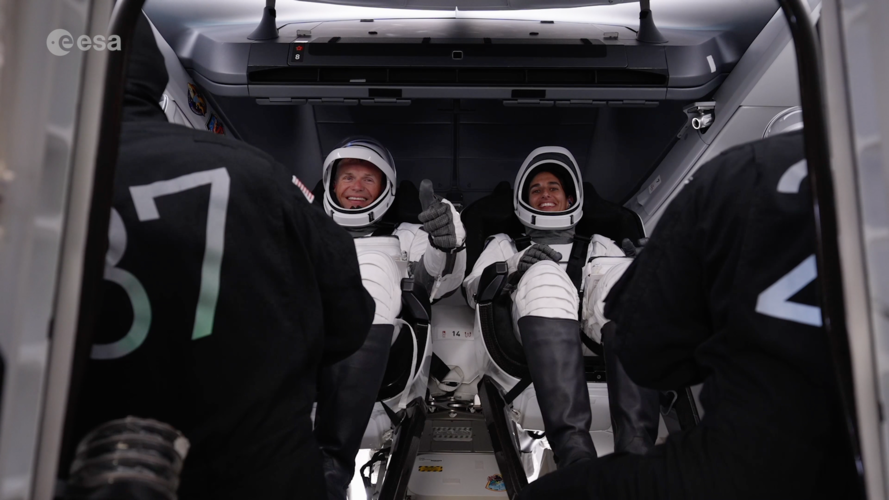 Video:
00:04:00
Video:
00:04:00
Andreas Mogensen launched on his Huginn mission in August 2023 to the International Space Station, becoming the first non-US astronaut to pilot SpaceX’s Crew Dragon spacecraft. Andreas became commander of the International Space Station in September 2023, becoming the longest serving European commander in January 2024. His mission was spent on more than 30 European experiments and plenty of international ones as well, ranging from water purification to studies of human physiology and thunderclouds. After 6 months on the International Space Station, Andreas will come down to Earth together with his Crew-7 crewmates Jasmin Moghbeli (NASA), Satoshi
This Whispering of Huginn
Friday, 08 March 2024 13:00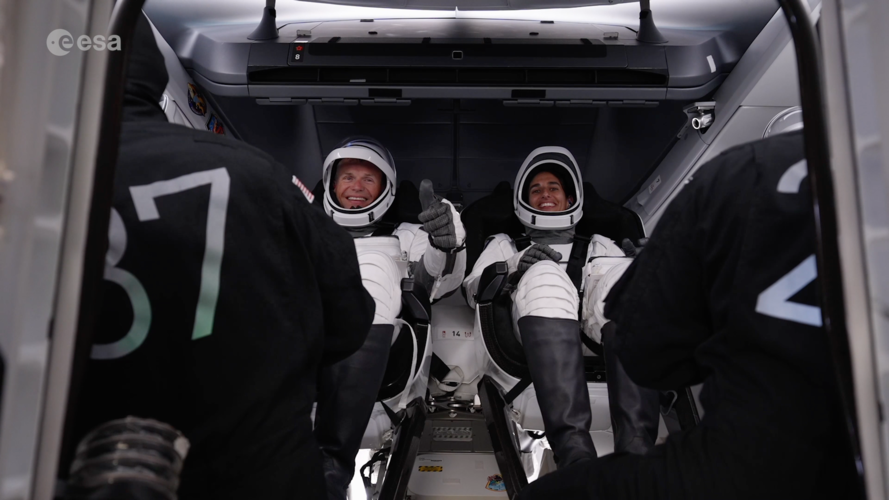 Video:
00:04:00
Video:
00:04:00
Andreas Mogensen launched on his Huginn mission in August 2023 to the International Space Station, becoming the first non-US astronaut to pilot SpaceX’s Crew Dragon spacecraft. Andreas became commander of the International Space Station in September 2023, becoming the longest serving European commander in January 2024. His mission was spent on more than 30 European experiments and plenty of international ones as well, ranging from water purification to studies of human physiology and thunderclouds. After 6 months on the International Space Station, Andreas will come down to Earth together with his Crew-7 crewmates Jasmin Moghbeli (NASA), Satoshi

